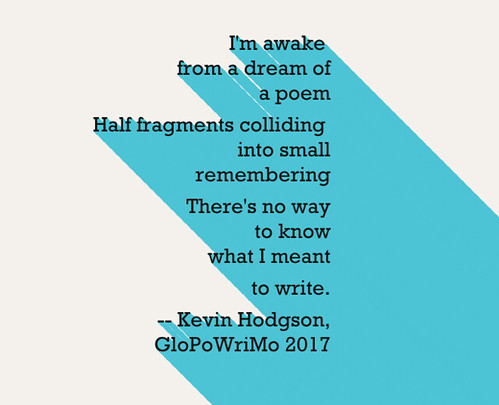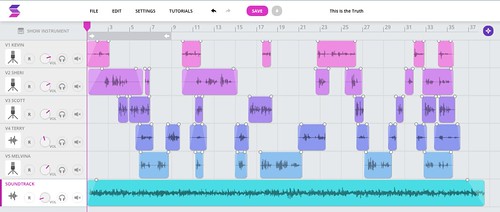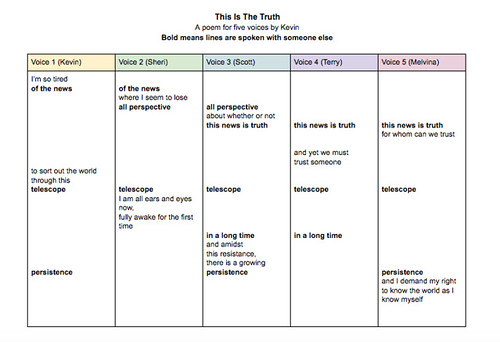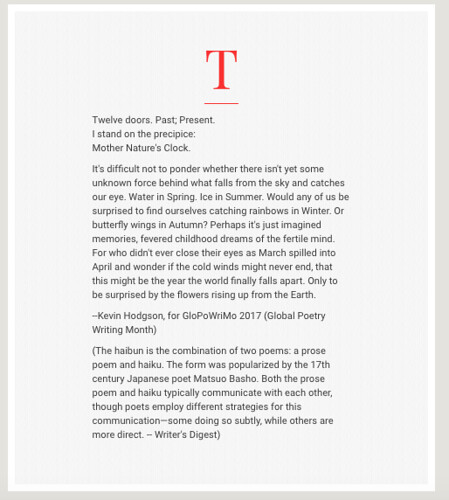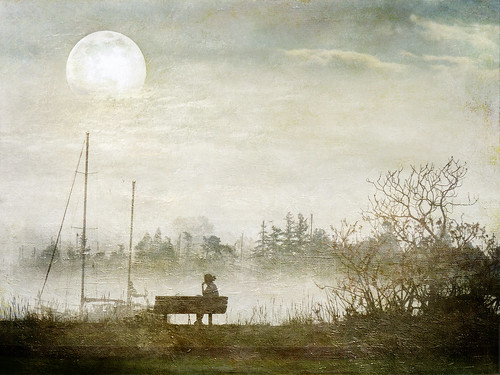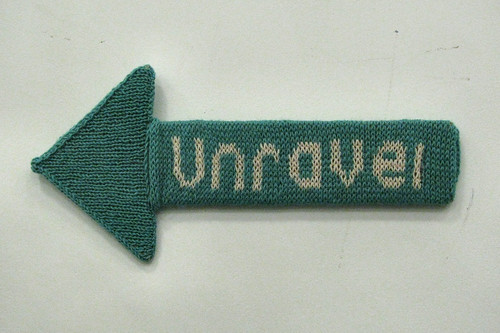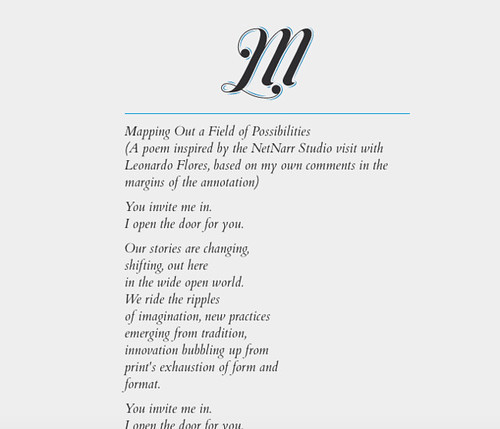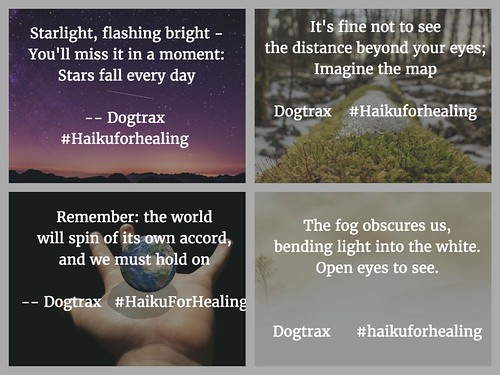 (This is for the Slice of Life challenge, hosted by Two Writing Teachers. We write all through March, every day, about the small moments in the larger perspective … or is that the larger perspective in the smaller moments? You write, too.)
(This is for the Slice of Life challenge, hosted by Two Writing Teachers. We write all through March, every day, about the small moments in the larger perspective … or is that the larger perspective in the smaller moments? You write, too.)
I’ve been know to lift lines, to steal words from other people’s blog posts and write poems as comments, and leave the poem as a gift from a reader. I admit it. I am thief.
That’s what I was doing yesterday morning – lifting lines. I do it as an act of close reading, of paying attention, of remix. I do it to honor the writers, whom I hope won’t be offended when I wrangle a thought and remove it from context, in order to spin something new from their writing. I do it, for myself, to write.
Yesterday’s line-lifted poems have now become today’s Slice. I hope you follow the links back to the original posts. Thank you to all the Slice of Life bloggers who didn’t know they were giving me paths to poems. Your thoughts became inadvertent inspiration for me as I rambled around the Slice of Life sharing.
(Note: see below for a podcast reading of the poems. The audio is part of an exploration of voice with another adventure altogether known as Networked Narratives.)
Slices aren’t always eaten,
they are nibbled,
chewed, discussed,
enjoyed, often with a side
of surprise, joy, and possibly
sadness and surely, compassion.
We train our microscope towards
a single small moment
in hopes it transforms into
a telescope of the larger human experience.
Go on, then.
Nibble away.
from http://www.teacherdance.org/2017/03/solc17-2631-slicing.html
You act out the poem,
as if you were dancing
inside the lines, as if
the iambic pentameter
was a rhythmic beat
for your feet, as if
the seats in the hall were all full
with an audience, instead
of just me, as I read, to you,
with your eyes closed,
watching the ghosts
of the past come alive
on the stage, too.
from http://tworeflectiveteachers.blogspot.com/2017/03/slice-26-0f-31-sol17-finally-ten.html
I hear the smile on your face,
a million soft melodies
of love, and as I tune myself
into harmony, we sit here, quiet,
the silence merely a resting point
between
the notes.
from — https://wheresthejoy.wordpress.com/2017/03/26/sisters/
She dug in her heels,
carved indentations in the dirt,
hands clenched on the rodeo rope
and no room for give,
while on the other side of the arena,
me, the bull, refused to be slack,
my horns pointed upward in exasperation
as she danced around me,
the crowd, holding its applause,
wondering how the standoff might end.
from — https://raisealithuman.wordpress.com/2017/03/25/let-me-count-the-reasons/
The real work lies in the weeks,
months and
years ahead;
It won’t be enough to stand
and watch,
to complain
and shout.
Armchair pundits can’t call the shots
on Monday morning.
Change happens between neighbors:
handshakes and discussions
on porches, shopping lines and
at mailboxes.
Change, happens, but slowly.
from — https://barbarasut.wordpress.com/2017/03/26/back-in-the-political-arena-today/
This slack-jawed teen,
stretched out with his headphones
and eyes closed,
ponders the world from above,
strapped into his seat, secure and safe,
never knowing that, for now,
the earth is forever in motion,
and not just spinning for him,
for gravity will yet pull him closer to us,
eventually, perhaps not without a fight,
even as his soundtrack plays to the audience
of one.
from — https://vanessaw2007.wordpress.com/2017/03/26/sounds-in-the-airplane/
Then came the retainer.
So I empty my pockets
and hand you my coins,
the last remains of a life’s fortune,
as you pull me in close,
and whisper a fortune’s worth
of words.
from https://schoolinspirations.wordpress.com/2017/03/26/metal-mouth-milestones-solc-26-of-31/
Here we are, living the writerly life,
building homes out of poems;
shacks, out of words;
fires, out of feelings.
Each day, every day,
we sharpen our thoughts,
pencil into the machine, the soft hum of gears
set in motion as we wander our imagination.
We live the writerly life,
for without these stories,
the walls would be barren,
and life, more lonely.
from http://couragedoesnotroar.blogspot.com/2017/03/day-26-first-rate-teachers-sol17.html?m=1
Finally, since we have been talking about Voice and Audio in the Networked Narratives course, I decided to record myself, reading the poems. Nothing fancy here. Just me, reading.
Peace (in poems),
Kevin
